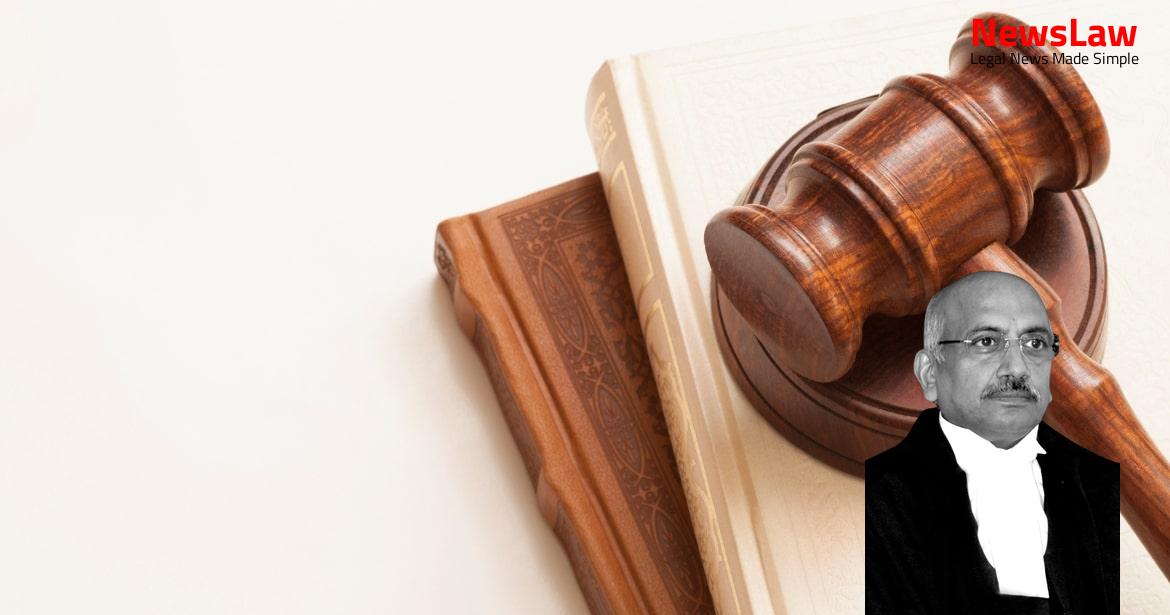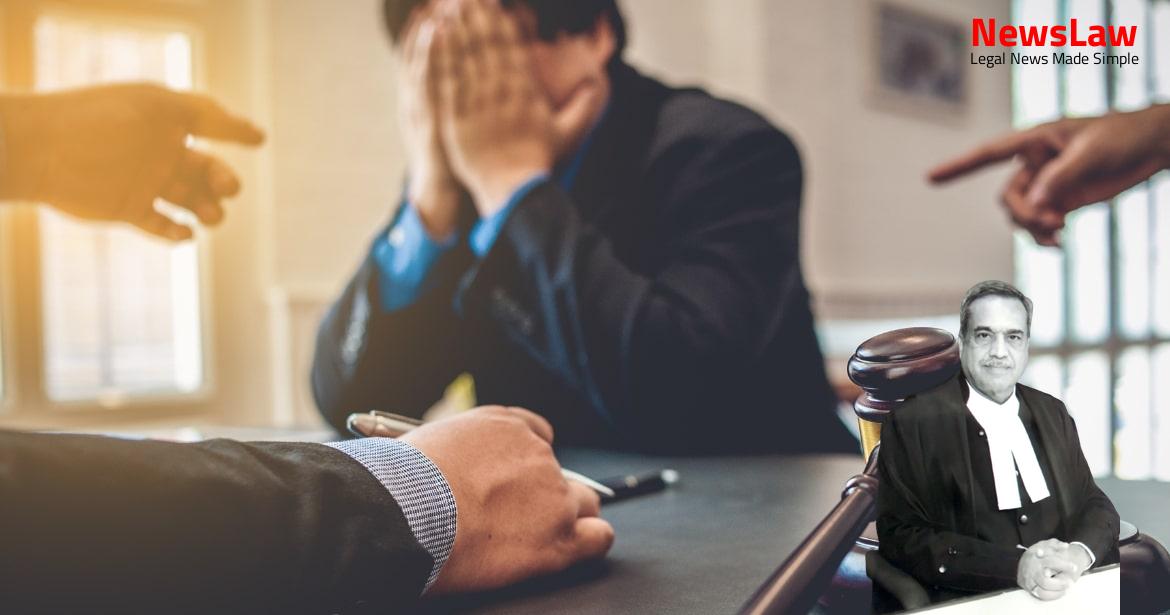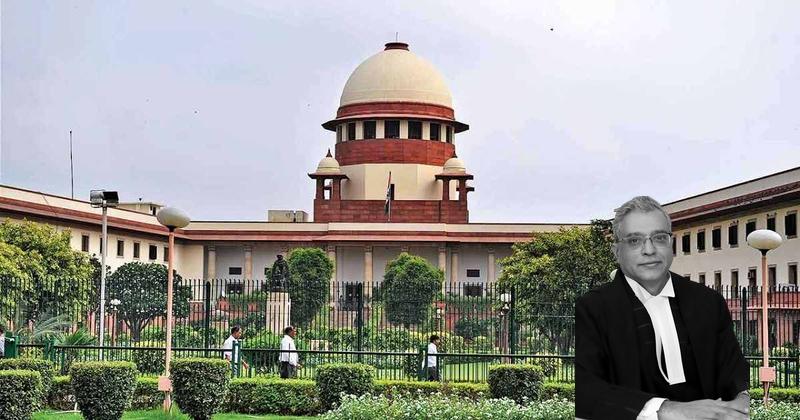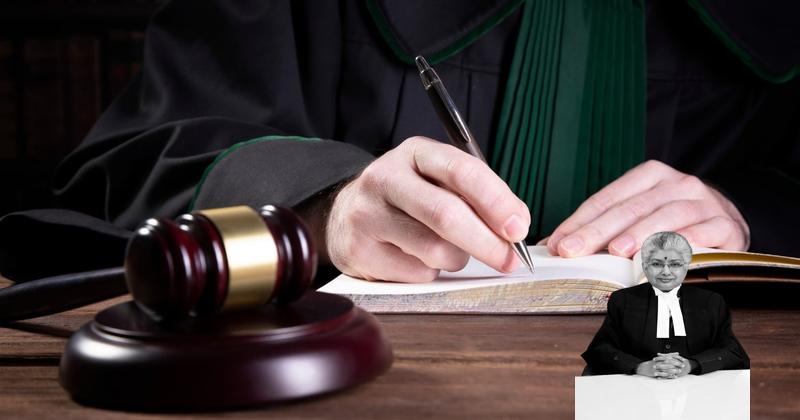The legal case delves into the significant aspects of environmental governance and the imperative need for legal compliance in infrastructure development projects. The court’s meticulous analysis highlights the essential role of adhering to environmental regulations and ensuring sustainable practices for the betterment of the ecosystem and society as a whole.
Facts
- NGT quashed the Environmental Clearance granted to the appellant for the development of an eight lane Peripheral Ring Road
- NGT found that the primary data for the Environment Impact Assessment report was collected more than three years prior to its submission
- NGT directed the appellant to conduct a fresh rapid EIA
- High Court dismissed the writ petition stating that the appellant was authorized under the BDA Act to acquire the land for the project
- Primary data was collected between 5 December 2009 and February 2010.
- Final EIA report was presented to SEAC and SEIAA in October 2014, EC was granted on 20 November 2014.
- NGT appeal filed challenging EC grant, with project proponent now appealing before the Court.
- Terms of Reference prepared by State Expert Appraisal Committee on 21 November 2009.
- Preliminary notifications issued in 2005 under the Bangalore Development Authority Act for land acquisition.
- PRR project scheme initiated in 2005 to address traffic congestion, connectivity with NICE road.
- NGT recorded discrepancies in tree cutting details for the proposed project.
- Notice issued by the Court on 15 March 2019.
- SEAC agreed to not recommend closure of proposal to SEIAA.
- High Court of Karnataka challenge to notifications for land acquisition by appellant.
- EIA process executed and EC application submitted as precaution.
- NGT directed rapid EIA and later granted interim stay of EC.
- Discrepancy noted between appellant’s submission and presence of reserved forest.
- NGT issued final order staying EC operation on 8 February 2019.
Also Read: Legal Analysis on Arbitration Petition Limitation Period
Arguments
- Mr. Shyam Divan, Senior Counsel for the appellant argued that the PRR project does not fall under the 2006 Notification’s Schedule as it is not covered by the National Highways Act 1956 or Karnataka Highways Act 1964.
- Paragraph 2(1) of the 2006 Notification specifies that prior EC is required only for projects listed in the Schedule, which includes National or State Highways.
- The PRR project does not come under the National Highways Act 1956 or the Karnataka Highways Act 1964.
- Mr. Shyam Divan contended that the prior EC under the 2006 Notification is mandated only for projects listed in the Schedule.
- Justice RF Nariman, in agreement with the appellant’s argument, noted that the moratorium under Section 14 was clarified not to apply to personal guarantors of corporate debtors.
- The term ‘highway’ or ‘expressway’ in the 2006 Notification should have a wide interpretation and not limited to notifications under central or state enactments.
- Both the National Highway Act 1956 and Karnataka State Highway Act 1964 pertain to land acquisition, development, and toll permissions, not environmental protection.
- The PRR project falls under category ‘B’ as per the EIA report, subject to certain conditions.
- Primary data for the project was collected between December 2009 and February 2010, with a substantial delay in the EAC appraisal process in 2014.
- An OM from March 2010 states that EIA reports for projects with ToRs granted before the OM must have primary data not older than three years, and ToRs are valid for four years.
- The appellant admitted contradictions in the EIA report and tried to substitute forest clearance with an agreement for afforestation, which the respondents argue is not legally sustainable.
- The Indian Road Congress definition in the Manual of Specifications and Standards for Expressways may be instructive in this context.
Also Read: Analysis of High Courts’ Jurisdiction and Court Orders Under Article 142
Analysis
- The EIA process for the PRR project was found to have several deficiencies.
- The EIA report was prepared based on outdated primary data collected between December 2009 and February 2010.
- The SEAC and SEIAA recommended the grant of EC despite the project proponent’s failure to comply with prescribed time limits and procedures.
- The project proponent failed to disclose the existence of forest land to be diverted and the number of trees that would be affected by the project.
- There were contradictions in the information provided by the appellant regarding forest clearance and the number of trees to be felled.
- The SEAC’s recommendation for the grant of EC lacked adequate justification and reasons, indicating a failure in the decision-making process.
- The SEAC and project proponent did not adhere to the OMs issued by the MoEF-CC regarding time limits for validity of ToRs and primary data.
- The appellant attempted to remedy its shortcomings post facto, which was deemed inadequate for environmental governance compliance.
- Section 17 outlines the notification process for a scheme prepared under Section 15, including the details of the scheme and the land proposed to be acquired.
- Section 18 requires the appellant to provide specifics of the land to be acquired, such as rateable value and other relevant information.
- Section 17(5) mandates serving notice to individuals whose land is proposed for acquisition, allowing them to raise objections within thirty days.
- The purpose of Section 17 is to grant both the Corporation and affected individuals a chance to voice concerns and objections to the proposed scheme.
- After the Government sanctions the scheme, Section 19 entails the publication of a final notification declaring the need for the land acquisition for a public purpose.
- SEAC must act as an expert body and thoroughly analyze all relevant aspects of a project related to the environment
- SEAC is required to scrutinize the submitted Environmental Impact Assessment (EIA) report
- SEAC should not accept the EIA report or any clarifications from the project proponent without proper evaluation
- NGT found that the EAC failed to conduct a proper appraisal of a construction project
- In the Lafarge Umiam Mining case, an application was made for the grant of an Environmental Clearance (EC) for a limestone mining project in Meghalaya
- Environment protection extends beyond lawsuits as discussed by Professor Corker
- Clarificatory amendments can have retrospective application as per consistent precedents
- The importance of environmental governance, rule of law, and participatory decision-making in sustainable development
- Balancing the role of environmental litigation with other measures for ensuring sustainable development
- SEAC and SEIAA to lay down appropriate conditions concerning various environmental aspects for the project
- Appellant to consult authority to prevent damage to petroleum pipelines during construction
- NGT’s direction for rapid EIA is upheld
- No other Court or Tribunal to entertain challenges to SEAC or SEIAA decisions
- Recommendation for EC only if compliance with 2006 Notification and Court directions is confirmed
Also Read: Electoral Malpractices in Mayor Election
Decision
- Pending application(s) shall stand disposed of.
- A copy of the grant should be submitted along with their application for the grant of EC.
- Parties are granted liberty to approach the Court upon any grievance from the decision of the SEAC or the SEIAA.
- The appeal is disposed of as per the above terms.
- No order as to costs.
Case Title: BENGALURU DEVELOPMENT AUTHORITY Vs. MR. SUDHAKAR HEGDE (2020 INSC 303)
Case Number: C.A. No.-002566 / 2019



